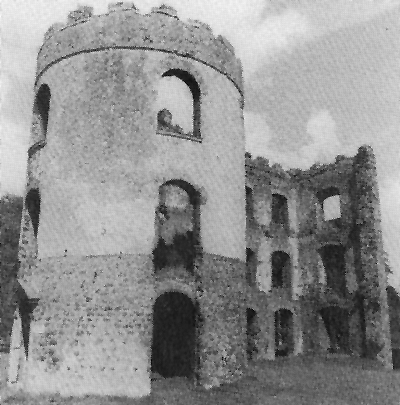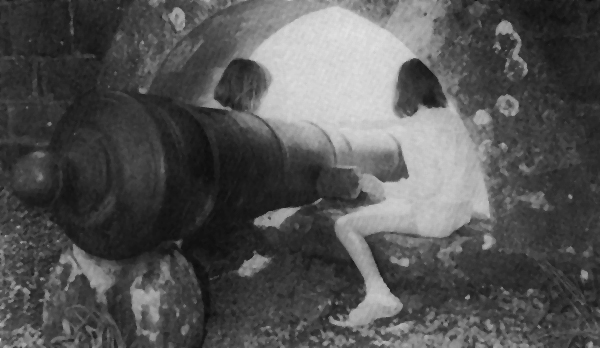Welcome

Shanes Castle is a working Estate consisting of about 800 acres of farmland and about 1000 acres of woodland.
The farming enterprise consists mainly of a 200 head dairy herd and a 1000 head sheep flock.
Also on the Estate we have a paintball enterprise which is run by Escarmouche. This is operated at the Randalstown end of the Estate and is open all year round.
The Estate is also licensed to have weddings held in the Castle area.
The Hydro

Our latest project is the reintroduction to the Estate of Hydro-Electrical power.
This was originally installed in about 1905 and was used to provide power for the main house and various farm buildings. This ran for about 50 years before being decommissioned after the introduction of mains electricity in the mid-fifties.
In about 2000 we started looking at bringing it back to the Estate to provide green energy and also possible to power the dairy parlour which is quite nearby. After getting panning we decided to install a 210KW system using an Archimedes Screw Type turbine. The Screw Type turbine was chosen for its simplicity and fish friendly attributes.
The Hydro generates enough power to provide electricity to about 300 households and therefore save about 900 tonnes of CO2 per year.
Events
Information about upcoming events will be posted here in advance.
Our History
It's impossible to trace the centuries, the date or manner of edifice first built on this dramatic site. Probably the present ruins replaced an earlier stronghold built in the 16th century and originally called Edenduffcarrick.

An account of the rebellion in Ulster states that in 1596, “on the edge of Lough Neagh standeth a runiated pile called Edendow Carreck, which, being made wardable, could be converted into a store for provisioning Blackwater and Coleraine in case of sea storms.” This Castle changed hands repeatedly, and, finally, in 1607, James I settled the Castle and Estate upon Shane McBrian O’Neill, whose family had held it at various times previously. The name “Shane’s Castle" is probably derived from this man.

In all probability, the oldest part of the ruins were built at the time of the Plantation, and unfortunately, this is the part which was largely destroyed in the fire of 1816. The Castle gradually increased in size over the years, until approximately 1780 when it had become a very fine castellated structure. The illustration below dates from this period, and shows that landscaping of the Park was already well established. Reference to the earlier illustration on the previous page shows that a village previously existed on the edge of Lough Neagh and adjoining the Castle. As far as is known, this village was removed shortly before 1780.

John 1st Viscount O’Neill, lived at Shane’s during this time up to his death in 1798. His wife was a great friend of Mrs. Siddons, the famous actress, who became a frequent visitor to the Castle. She wrote, "I have no words to describe the beauty and splendour of this enchanting place which, I’m sorry say has been levelled by fire. Here was often assembled all the talent, and rank, and beauty of Ireland. The luxury of this establishment almost inspired the recollection of an Arabian Nights entertainment."


Earl O’Neill succeeded his father in 1798, and about ten years later, entrusted his ideas for a further expansion of the Castle, to the famous architect Nash. Regent’s Street, Regent’s Park, Carlton House Terrace, and Buckingham Palace were all designed by Nash, the leading architect of his day. He built both in the Classic style, as at Buckingham Palace, and in the Gothic castellated style, as at Shane’s Castle. The main object of the plan was to give the house a southern aspect, whereas, previously, it faced east.
In 1816, only the terrace and Conservatory had been completed, when the main block of the Castle was destroyed by fire. Legend attributes the cause of the fire to the Banshee. Normally, a room was kept empty for her use, but on this occasion, a large house party needed every room. She was so angry at finding her room occupied that she set the Castle on firm. In fact a jackdaw's nest caught fire at the top of the chimney, unused for many years, eventually crashing down into the room.
The terrace, even though no longer surrounded by water, is a permanent reminder of Nash's scale of building, and the ast uncompleted rooms would have commanded a fine view over the Lough. The completed conservatory is an exact copy of the one Nash built for himself at East Cowes Castle, Isle of Wight. Today, it houses one of the finest collections of Camelias in the United Kingdom: they are over 100 years old.
THE BURIAL CHAMBER
This was built in the adjoining graveyard in 1722 by “French” John O’Neill. It bears the inscription “this vault was built by Shane McBrien McPelim O’Neill Esq. in the year 1722 for a burial place to himself and family of Clanaboy”. the coffins were removed to the family vault at Drummaul Parish Church in the second half of the 19th century.


THE CANNONS
These came from a British Man-of-war which sank in Lough Foyle. Earl O’Neill obtained permission to move them to Shane’s provided he did so at his expense. In 1848, the Government required more cannons at the time of Smith O’Brian’s rebellion and asked for the loan of them. Lord O’Neill agreed on condition that they moved them. However, as the Government did not wish to go to this expense, they were spiked, and have remained in this condition ever since.


THE BLACK HEAD OF THE O'NEILLS
This can be seen about 20ft. up on the east face of the tower nearest the lake. It is quite small, and is carved on one of the corner stones where the tower joined the main block of the Castle. tradition says that the family of O’Neill will come to an end, if it falls. This stone is probably much older than the Castle itself.

THE LEGEND OF THE RED HAND
The red hand is a main feature of the O'Neill coat of Arms, and can be seen clearly in John O'Neills Arms illustrated below. In times gone by, it is said that a Viking Ship was approahing the coast of Ulster and the Captain told his crew that the first sailor who touched the shore with his right hand would have it for himself. Two sailors then lowered themselves onto coracles and rowed for the shore.
One of the sailors was Niel, a well known Scandanavian name. He was losing the race but was very keen to have the land, so he cut off his right hand and threw it onto the shore. In the process his hand became a little red. The Red Hand of O’Neill eventually became the emblem of Ulster.
When King James the 1st “Planted” Ulster with British people he created the order of Baronet which he sold for £1,000 a time. He chose the red hand as the insignia of the order but unfortunately one of the heralds used the left hand instead of the right hand and there has been confusion ever since. The right hand is correct.


